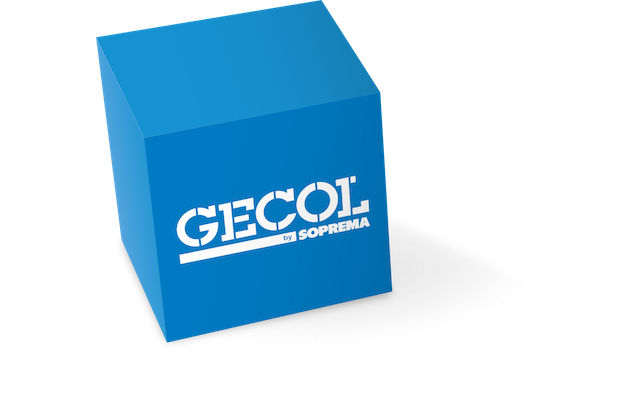02 Aug How to make filling for vaults, domes, beams, etc.
Light, insulating solutions based on expanded clay respond to the need to avoid overloading frameworks, maintaining and improving the necessary requirements in these types of interventions.
Preliminary analysis
In the rehabilitation of historical buildings, the domed frameworks must be worked on (in brick or in stone) or the structure must be reinforced, either for load redistribution work or for the simple reconstruction of fillings, screeds, floors or tiled floors.
In all of these cases, the use of expanded clay allows the formation of fillings and leveling coats, extremely light (density 330 kg / m3), even for large thicknesses. Their different grain sizes make it easily adaptable to rounded and irregular surfaces (ribs, reinforcement elements, etc.) typical of vaults or domes, thanks to its dry installation, which does not contribute water or humidity to the existing structure.
It may be applied to any type of vaulting (joists and hollow bricks, flat hollow bricks, domes, etc.), forming a new flat, dry substrate (suitable for domes with the decorated intrados or for historical monuments), resistant and insulating for the execution of compression coats, screeds or flooring.
In the case of fillings over heated domed basements or over domed frameworks in attics, the high insulating power solves the problem of thermal insulation, increasing the energy effectiveness of the building.
It is also indicated in the rehabilitation of oven domes, thanks to its refractory nature.
The expanded clay coat which, in addition to its lightness, resistance, stability and durability, guarantees an optimal load distribution, is fully incombustible (Euroclass A1) and is not attackable by insects or parasites.
Technical considerations
When building domed frameworks, various factors must be taken into account when preparing the substrate and subsequently applying the product:
- The substrates must be clean, resistant and moist.
- Expansion joints must be disposed in joins and, in general, all the expansion joints described in the project must be respected.
- Apply in the traditional manner with a minimum thickness of 3 cm, leveling recoverable guide screeds.
- Let dry for a minimum of 12 hours.
- Apply the desired coating.
Recommended products
Light aggregate
Warnings: The data provided by this Constructive Solution were prepared based on standard onsite installation processes. However, we recommend that you consult our Technical Department in the event of any specific circumstance info@gecol.com


